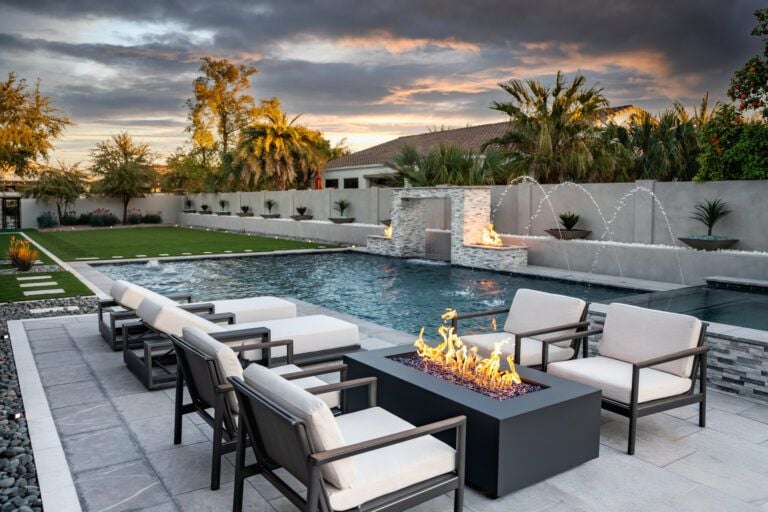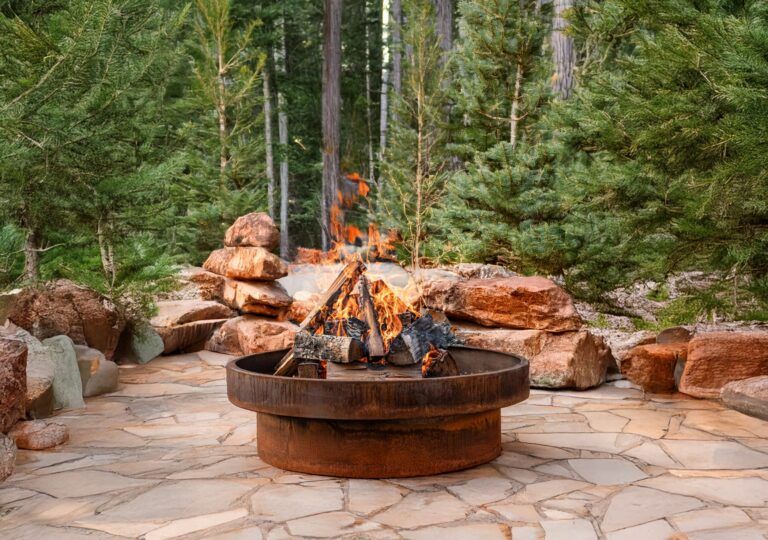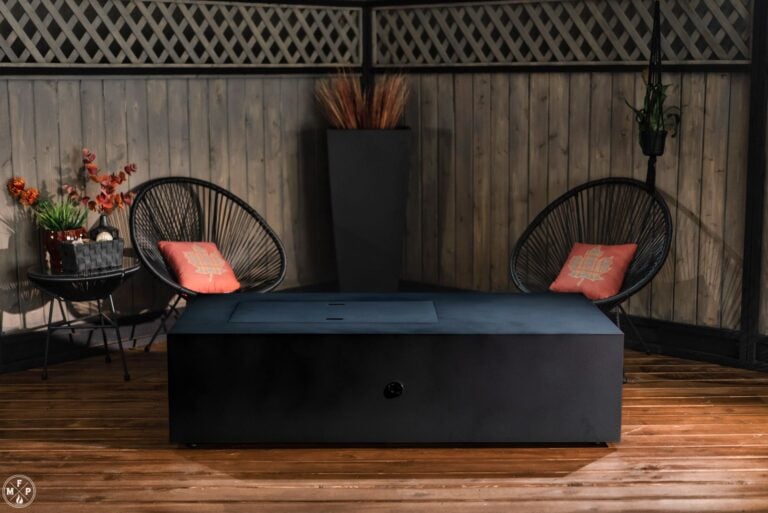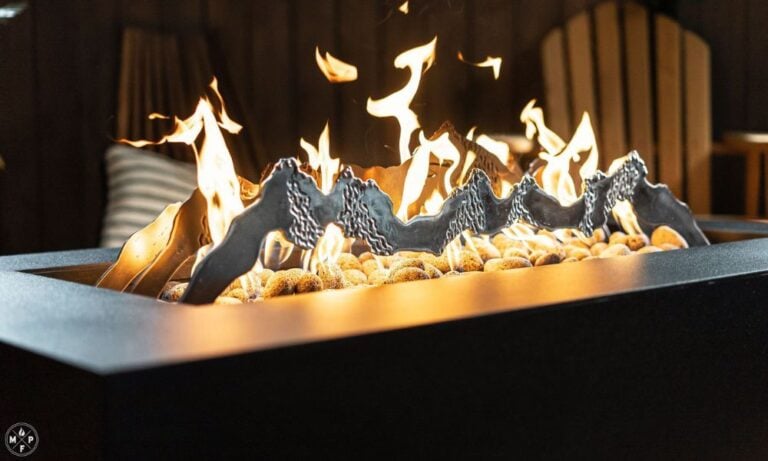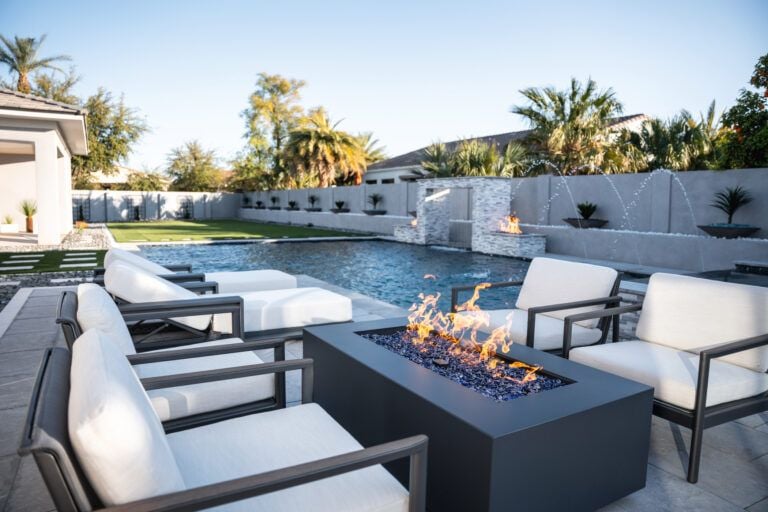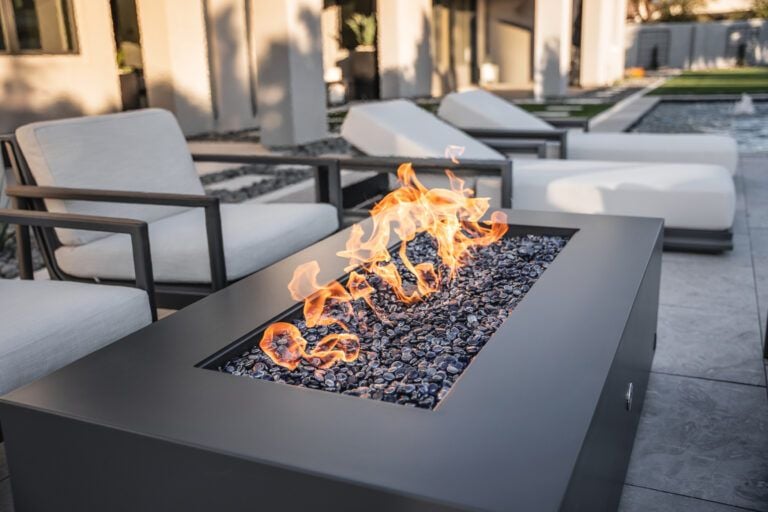
Connecting a Propane Fire Pit: Easy Setup and Safety Tips
There’s something magical about gathering around a crackling fire, and a propane fire pit offers that mood with the convenience of instant flames. But before you can enjoy those cozy evenings, you need to connect your propane tank safely and correctly. Let’s break down the process into easy-to-follow steps, ensuring you’re ready to enjoy your fire pit in no time.
Gathering Your Essentials: Setting Up for Success
To connect a standard 20lb propane tank to your fire pit, you’ll need a few key components. First, a regulator and hose are essential for controlling the flow of propane from the tank to your burner. For added convenience and safety, consider using a key valve and flex line. The key valve allows you to easily adjust the flame height, giving you precise control over your fire. While you could use the tank nozzle valve, a key valve provides a much smoother and safer experience. What you’ll find with using the propane tank valve is that you don’t have the ability to fine-tune the flame height.
Connecting the Tank: Step-by-Step
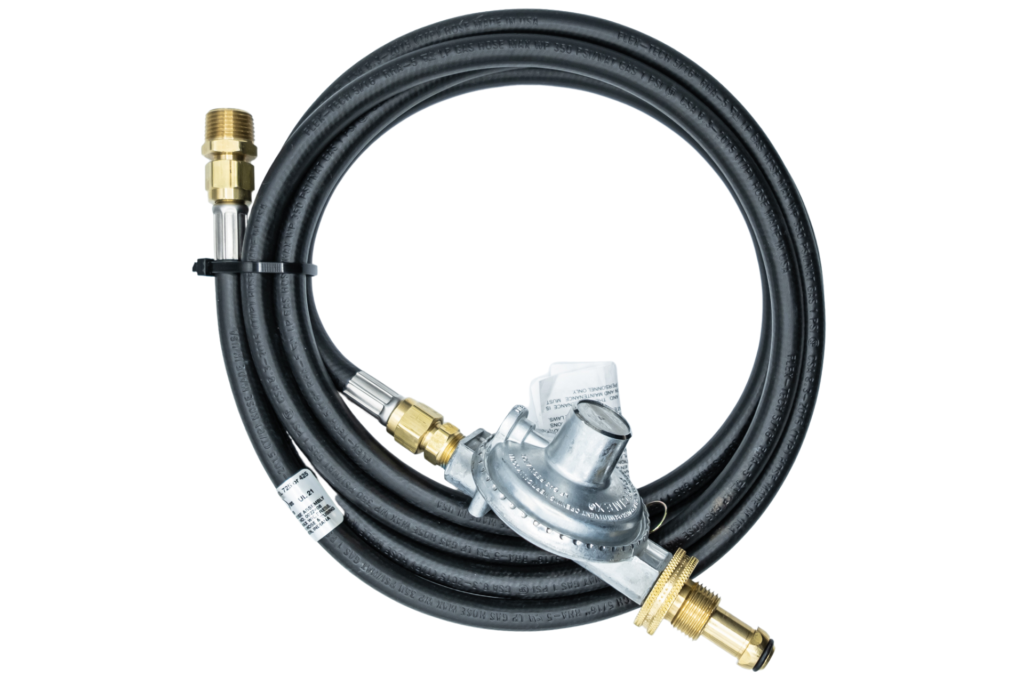
The first step is connecting the regulator to your propane tank. This connection uses a flared “quick connect” fitting, which means you won’t need any pipe sealant. Simply screw the regulator onto the tank valve, turning it until it’s snug. Hand-tightening is usually sufficient.
Next, you’ll connect the hose to the regulator. This connection is typically threaded, so ensure it’s clean and undamaged. Tighten the connection with a wrench, but avoid over-tightening. Most often, this connection is already made if you purchase a regulator/hose combination.
Now comes the connection to your fire pit’s key valve or burner. This is where you might need to adapt the hose to the inlet size of your fire pit. Some key valves have a 1/2″ inlet, while others have a 3/4″ inlet. Determine the inlet size of your fire pit and purchase the appropriate fitting. The regulators provided by Montana Fire Pits come with a fitting to adapt the hose to a 3/4″ key valve.
Important Note: When connecting straight threaded fittings, you must use gas-specific pipe sealant (also known as pipe dope). This is crucial for creating a leak-proof seal. Plumber’s tape is not designed for gas connections and should not be used. Apply the pipe sealant to the threads before connecting and tighten with a wrench.
If you’re using a flex line, connect it to the key valve and the burner using the appropriate fittings and pipe sealant, ensuring all connections are tight. The flex line is generally the last part you connect. The fittings at each end should be removed from the flex line and connected using pipe sealant to their respective parts. This allows the flex line to be threaded onto the part without causing it to twist or bend.

Safety First: Leak Testing
Once all connections are made, it’s essential to check for leaks. Prepare a spray bottle with soapy water. Slowly turn on the propane tank valve and spray all connections and fittings with the soapy water. If you see bubbles forming, you have a leak. Immediately turn off the gas, tighten the leaking connection, and retest. If you can’t resolve the leak, contact a qualified professional.
Addressing Gas Smells: Understanding and Acting
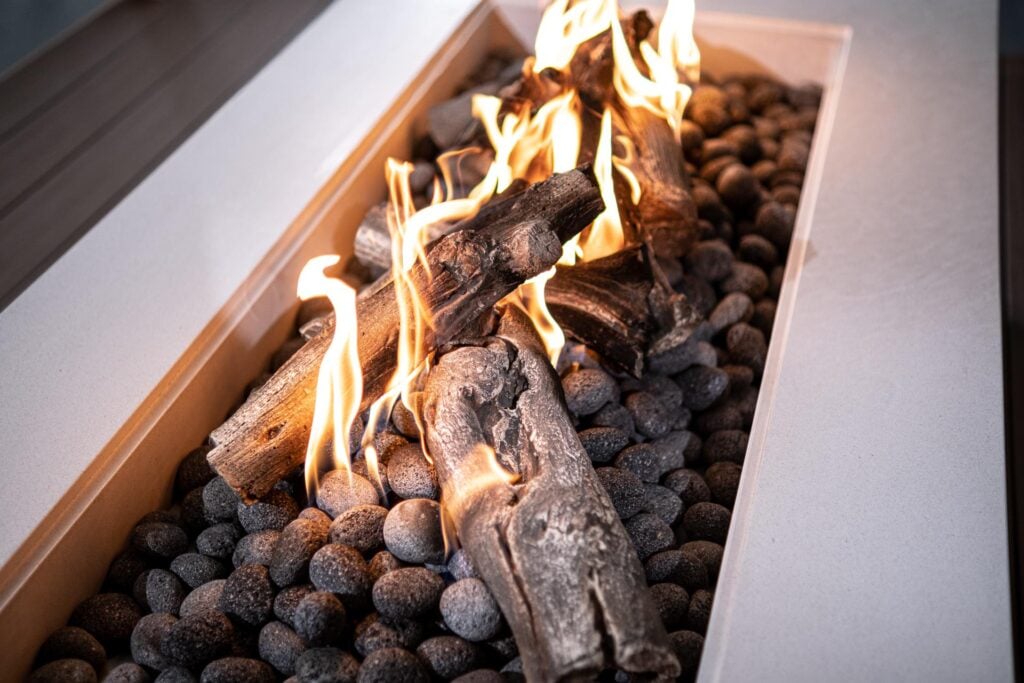
It’s normal to smell a faint gas odor after lighting or turning off your propane fire pit. This is due to residual unburned propane, which is heavier than air and may linger near the burner. This smell should dissipate within a few minutes. Make sure you have adequate ventilation low to the ground underneath the burner plate. The required ventilation is 18 square inches on opposing sides for crossbreeze.
However, a persistent or strong gas odor is a cause for concern. If you suspect a leak, immediately turn off the gas, ventilate the area, and avoid any open flames or electrical devices. Perform the soapy water leak test. If you find a leak or are unsure, contact a professional plumber, HVAC technician, or propane supplier.
Key Safety Reminders:
- Always follow the manufacturer’s instructions for your fire pit and propane tank.
- Never overfill your propane tank.
- Store propane tanks in a well-ventilated area away from heat sources and open flames.
- Regularly inspect your propane tank and connections for damage.
- Never leave a lit fire pit unattended.

By following these simple steps and prioritizing safety, you can confidently connect your propane tank and enjoy the warmth and view of your fire pit. Remember, a safe and properly connected fire pit ensures a relaxing and enjoyable outdoor experience.
The MFP Advantage
- Professional Grade Quality
- Nationwide Shipping
- Made in the U.S.A.
- Distinctive, Hand-Built Products
- Vast Size & Finish Options
- Highest Customer Satisfaction
- Custom Design Available
Explore our exceptional line of fire and outdoor products and take your space to new levels of Luxury...
More to explorer
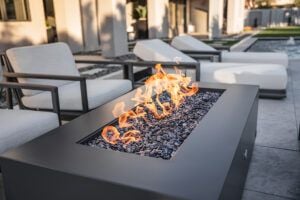
Top 10 Fire Pits of 2025: Warmth and Style for Your Outdoor Space
As the days get longer and the evenings get cooler, what better way to enjoy your outdoor space than with a fire

The Benefits of Multiple Fire Features in Backyard Design
Imagine stepping into your backyard and being greeted by the alluring dance of flames throughout your space! Creating a backyard design with
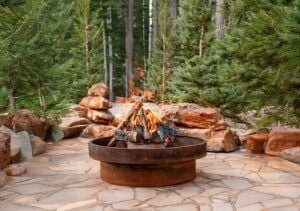
Discover the Timberline Collection of Wood Burning Fire Pits
In a world that’s constantly buzzing with the convenience of instant gratification, there’s a timeless appeal to the simple, primal pleasure of



